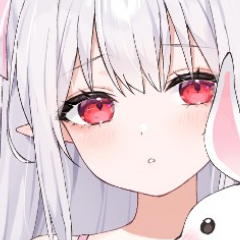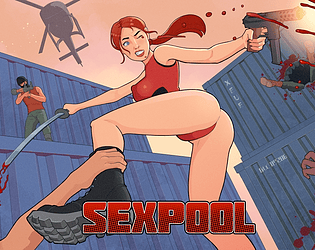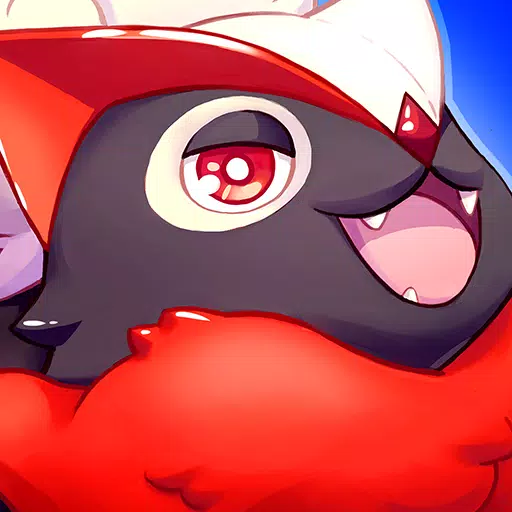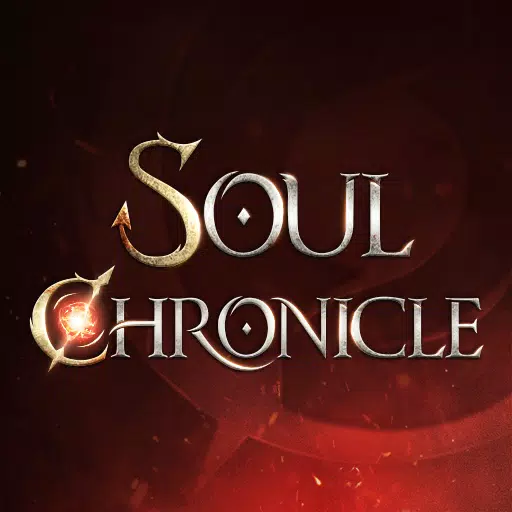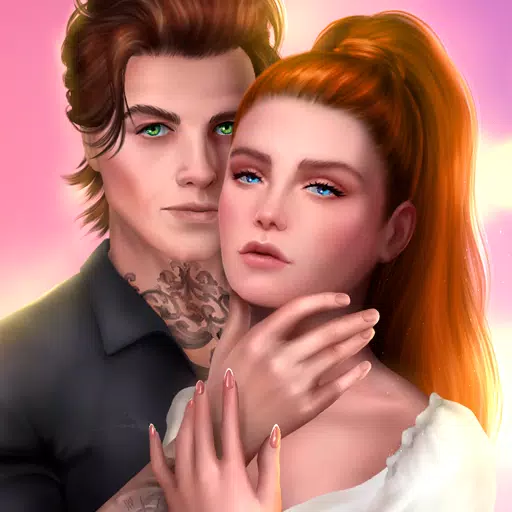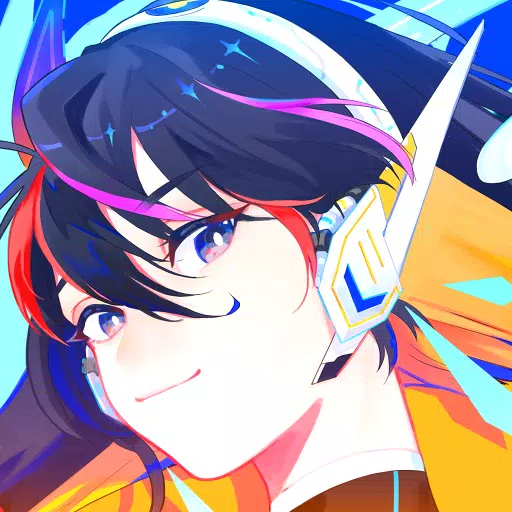The 1970s were a turbulent era for Marvel Comics. While significant characters and storylines like “The Night Gwen Stacy Died” and Doctor Strange's encounter with God emerged, the 1980s witnessed a constellation of Marvel's greatest creators launching groundbreaking runs on their most popular titles. This era marked the rise of Frank Miller's Daredevil, John Byrne's Fantastic Four, David Michelinie's Iron Man, and the zenith of Chris Claremont's X-Men, with Roger Stern's Amazing Spider-Man and Walt Simonson's Thor soon to follow. Understanding the enduring legacy of these characters requires acknowledging the pivotal role these creators played.
Considering Marvel's history, the 1980s may well represent the company's true golden age. Join us for Part 7 of our exploration of essential Marvel issues!
More Essential Marvel
- 1961-1963 - The Birth of a Universe
- 1964-1965 - The Sentinels Are Born and Cap Dethaws
- 1966-1969 - How Galactus Changed Marvel Forever
- 1970-1973 - The Night Gwen Stacy Died
- 1974-1976 - The Punisher Begins His War on Crime
- 1977-1979 - Star Wars Saves Marvel From Bankruptcy
The Dark Phoenix Saga and Other All-Time X-Men Stories
Chris Claremont's transformative run on X-Men, beginning in 1975, saw the publication of perhaps its three greatest stories in the early 1980s. The Dark Phoenix Saga (X-Men #129-137) stands as arguably the most renowned X-Men story, and for good reason. Years after Jean Grey's embodiment of the Phoenix force, this cosmic entity corrupts her, aided by the Hellfire Club, transforming her into the Dark Phoenix, one of the X-Men's most formidable adversaries. This cosmic saga, pencilled and co-plotted by John Byrne, is not only a compelling narrative but also introduces Kitty Pryde (Shadowcat), Emma Frost, and Dazzler. Jean Grey's sacrifice after regaining her senses remains a heartbreaking moment in X-Men lore, even with the knowledge of her eventual return. While adaptations like X-Men: The Last Stand and Dark Phoenix have fallen short for many fans, X-Men: The Animated Series and Wolverine & the X-Men offered more faithful portrayals.
Shortly after, Days of Future Past (X-Men #141-142) followed. This iconic story, featuring the mutant-hunting Sentinels (first introduced by Stan Lee and Jack Kirby in 1965), depicts an adult Kitty Pryde journeying back in time to prevent the assassination of Senator Robert Kelly, an event triggering a dystopian future ruled by Sentinels. Despite its brevity, this arc is among the X-Men's most celebrated, with the Days of Future Past reality revisited by subsequent creators. It was adapted into the 2014 film X-Men: Days of Future Past and served as the basis for a season arc in Wolverine & the X-Men.
X-Men #150 concludes this period's best X-Men stories. A near-fatal battle between the X-Men and Magneto reveals Magneto's Holocaust survivor backstory, a pivotal revelation shaping his later development into a more morally complex character.

The First Appearances of Rogue, She-Hulk, and the New Mutants
The 1980s also saw the introduction of major characters, including notable female heroes. Rogue, a popular X-Men member, initially debuted as a villain in Avengers Annual #10, part of Mystique's Brotherhood of Evil Mutants. This issue features Rogue draining Carol Danvers (Ms. Marvel) of her powers, significantly impacting both characters. It also showcases Carol confronting the Avengers for their inaction in saving her from Marcus Immortus. Avengers Annual #10, despite its controversial content, remains a crucial moment in Marvel history.

Savage She-Hulk #1 introduced another major Marvel heroine, Jennifer Walters (She-Hulk). The last character co-created by Stan Lee during his original Marvel tenure, she gained powers after an emergency blood transfusion following a near-fatal attack. While her first solo series wasn't critically acclaimed, She-Hulk's character developed significantly after joining the Avengers and Fantastic Four. Tatiana Maslany later portrayed She-Hulk in her self-titled MCU show.
This period also saw the debut of The New Mutants, the first X-Men spin-off series. They first appeared in Marvel Graphic Novel #4 before getting their own title. The initial team included Cannonball, Sunspot, Karma, Wolfsbane, and Dani Moonstar (Mirage). Illyana Rasputina (Magik) joined in issue #15, with many of her most significant stories unfolding during her time on the team. A version of this team (excluding Karma) appeared in the 2020 film New Mutants.
Iconic Storylines for Daredevil, Iron Man, and Captain America
Daredevil #168 marks a pivotal moment in the character's history. The first issue of Frank Miller's writer-artist run introduced Elektra and a radical reimagining of Daredevil's mythology. Over two years, Miller crafted a gritty crime noir saga featuring Kingpin as Matt Murdock's nemesis, the introduction of Stick, a confrontation with the Punisher, and the iconic moment in #181 where Bullseye kills Elektra. This run served as inspiration for the 2003 film and the 2015 Netflix series, and its influence continues with the upcoming MCU show Daredevil: Born Again.
Two major Avengers also experienced significant storylines. Doomquest (Iron Man #149-150), the culmination of David Michelinie and Bob Layton's initial run, features Iron Man's first solo battle with Doctor Doom, resulting in their transport to Arthurian times. This arc solidified Doom's place in Iron Man's rogues gallery.
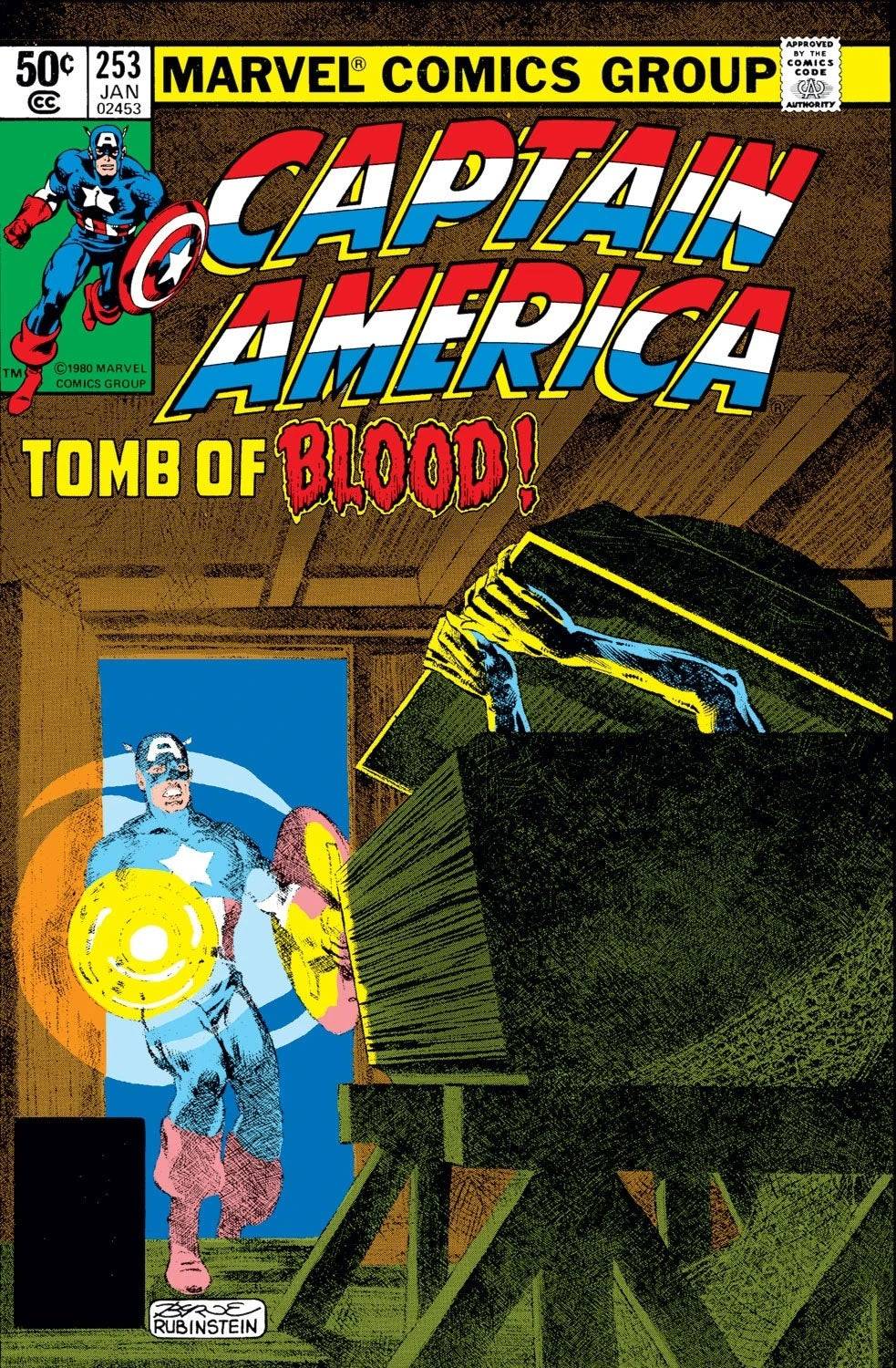
Captain America's confrontation with Baron Blood in Captain America #253-254, a standout from Roger Stern and John Byrne's run, is a darker tale than usual for the character, featuring a compelling narrative and striking artwork.
Moon Knight Becomes a Hero and Marvel Helps Create the G.I. Joe Mythology
Two more #1 issues round out this influential period: Moon Knight #1 and G.I. Joe #1. While Moon Knight first appeared in Werewolf by Night #32, his solo series solidified his heroic identity, fully developing his backstory and introducing his alternate personalities. All subsequent Moon Knight stories built upon this foundation.
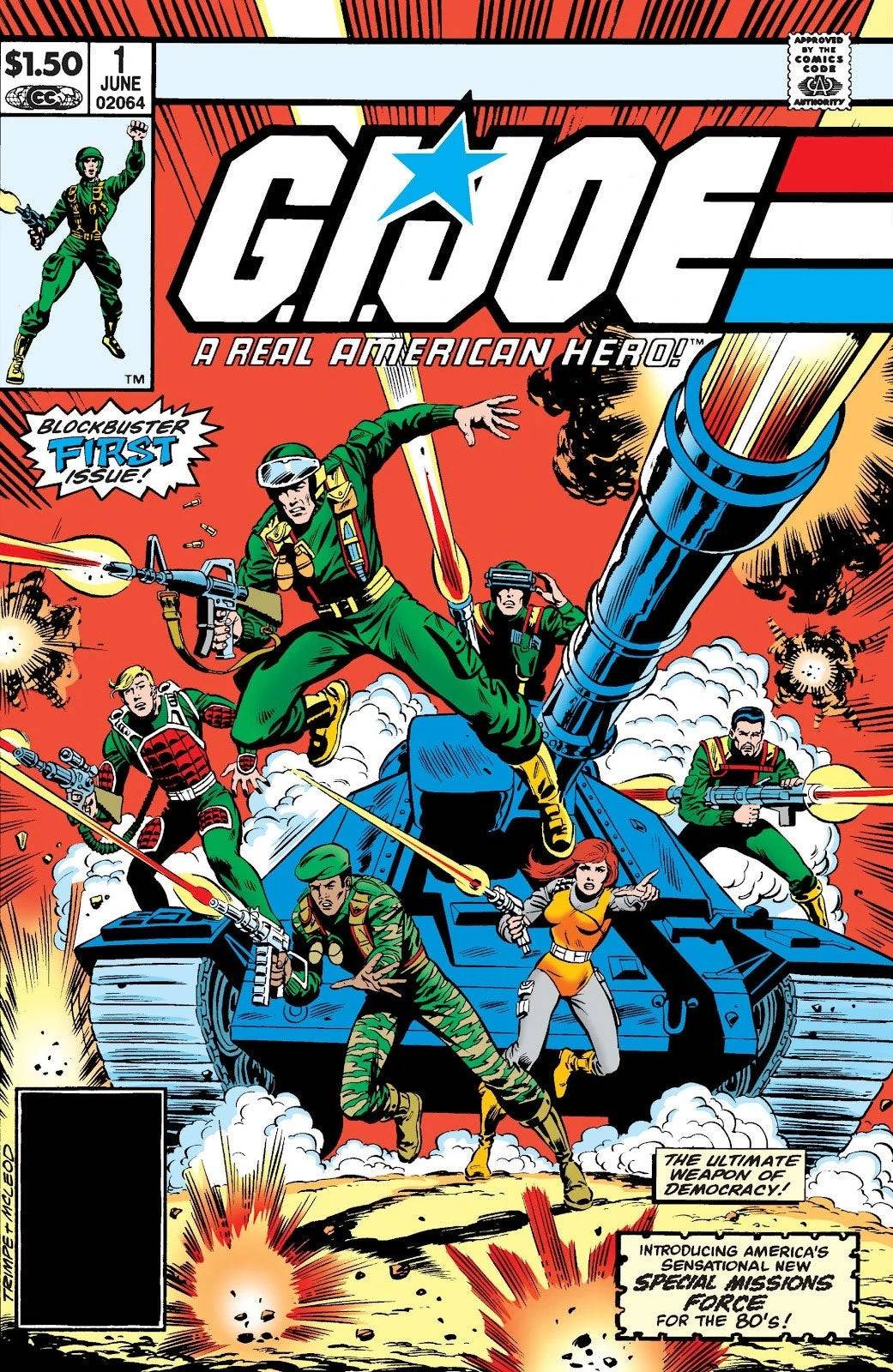
Although Marvel doesn't own the G.I. Joe franchise, it played a crucial role in its creation. The tie-in comic, beginning in 1982, saw Marvel editor Archie Goodwin conceptualize Cobra, and writer Larry Hama develop most of the character roster, including iconic figures like Scarlett, Snake Eyes, Storm Shadow, Lady Jaye, and the Baroness. Hama's work made G.I. Joe one of Marvel's most popular titles, praised for its equitable portrayal of female characters.

